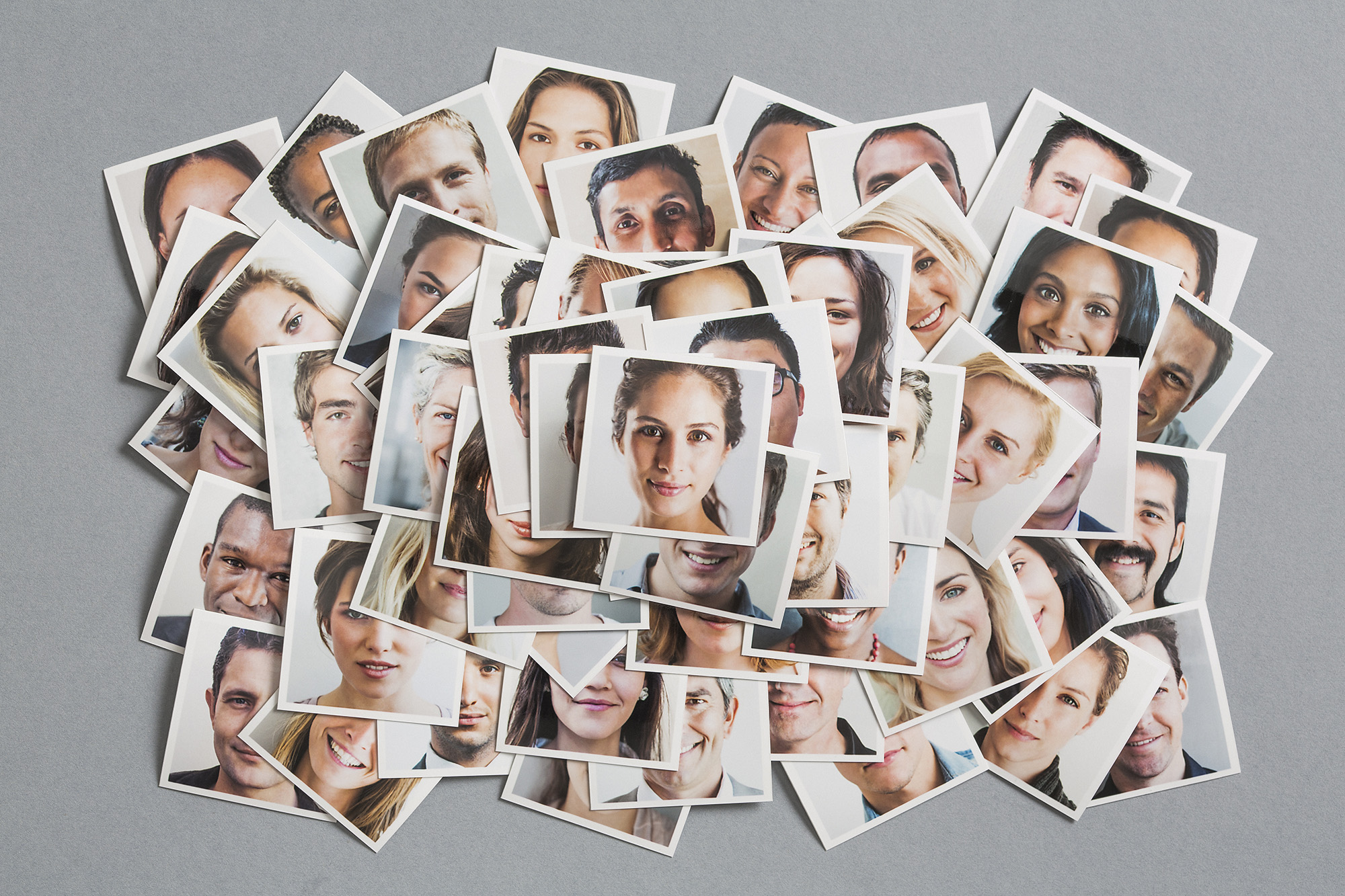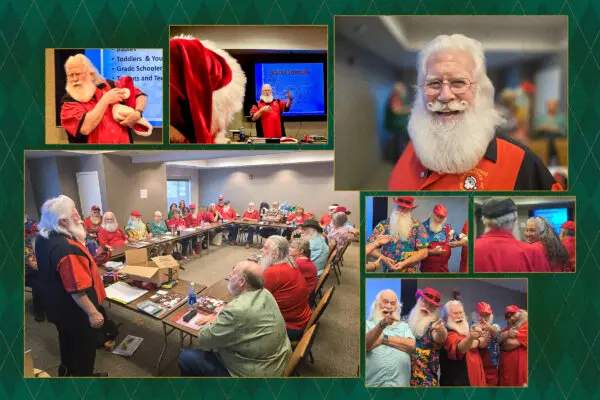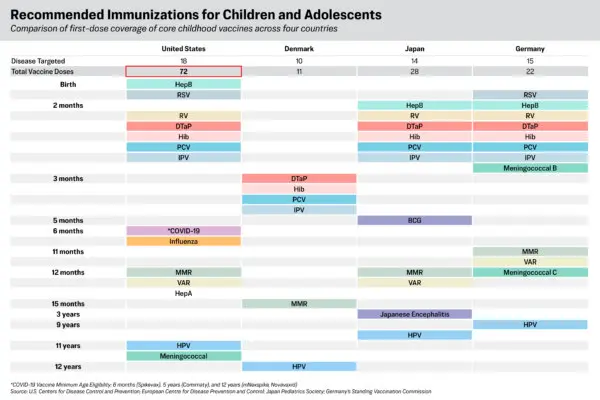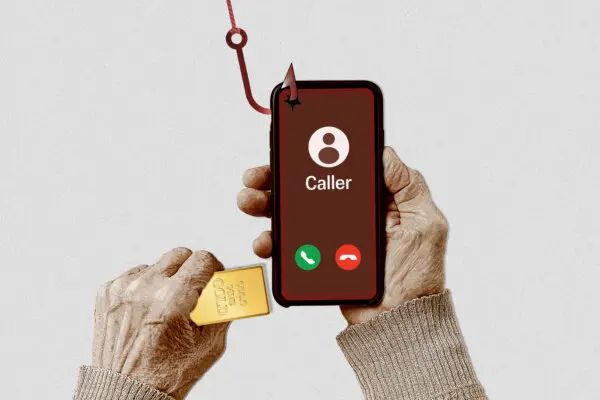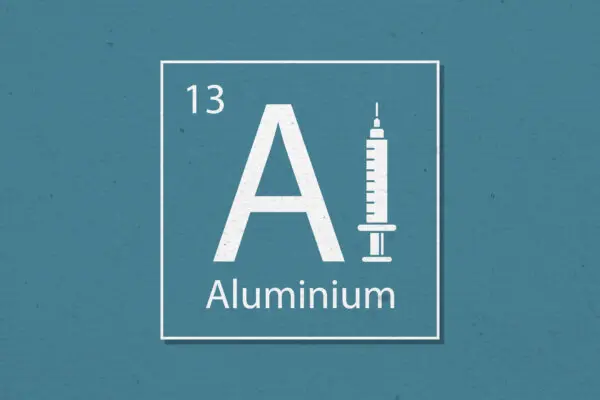The face—and body—truly are windows to the soul for those who know what they are seeing. “We are all open books,” Susan Constantine told The Epoch Times. “Without a word being said, our body language and facial expressions speak volumes.”
Most people assume they are fairly capable communicators, but few are as skilled as Constantine, a human behavior investigator and trial consultant who has mastered the ability to “read” microexpressions—facial expressions that last only for a second or two—and body language. She’s the founder of The Human Behavior Academy, which trains attorneys, mediators, judges, and corporate executives on how to detect deception in seven seconds or less. The skills she teaches are also applicable to everyone who wants to more fully engage with coworkers, friends, family, and even strangers.
